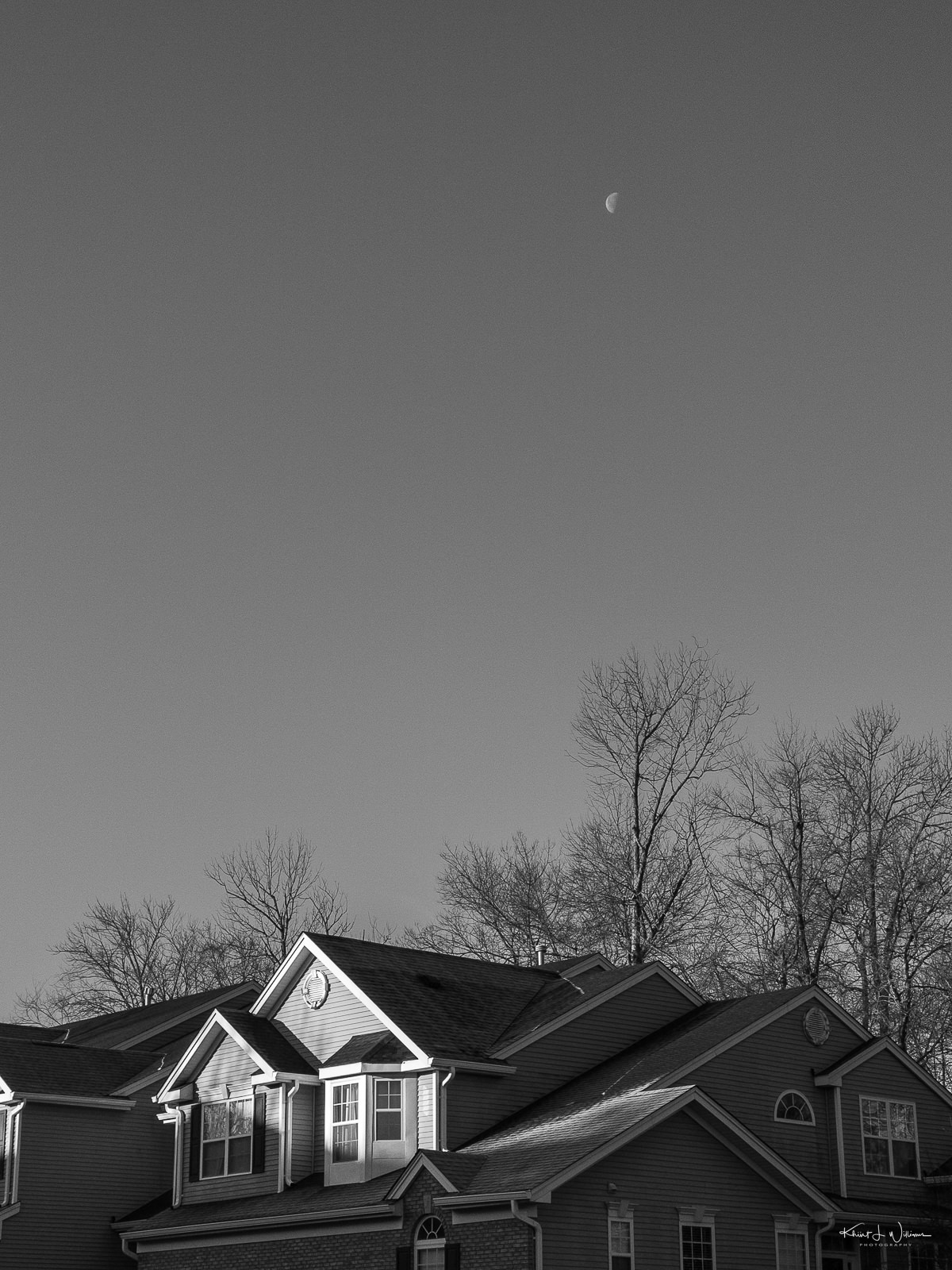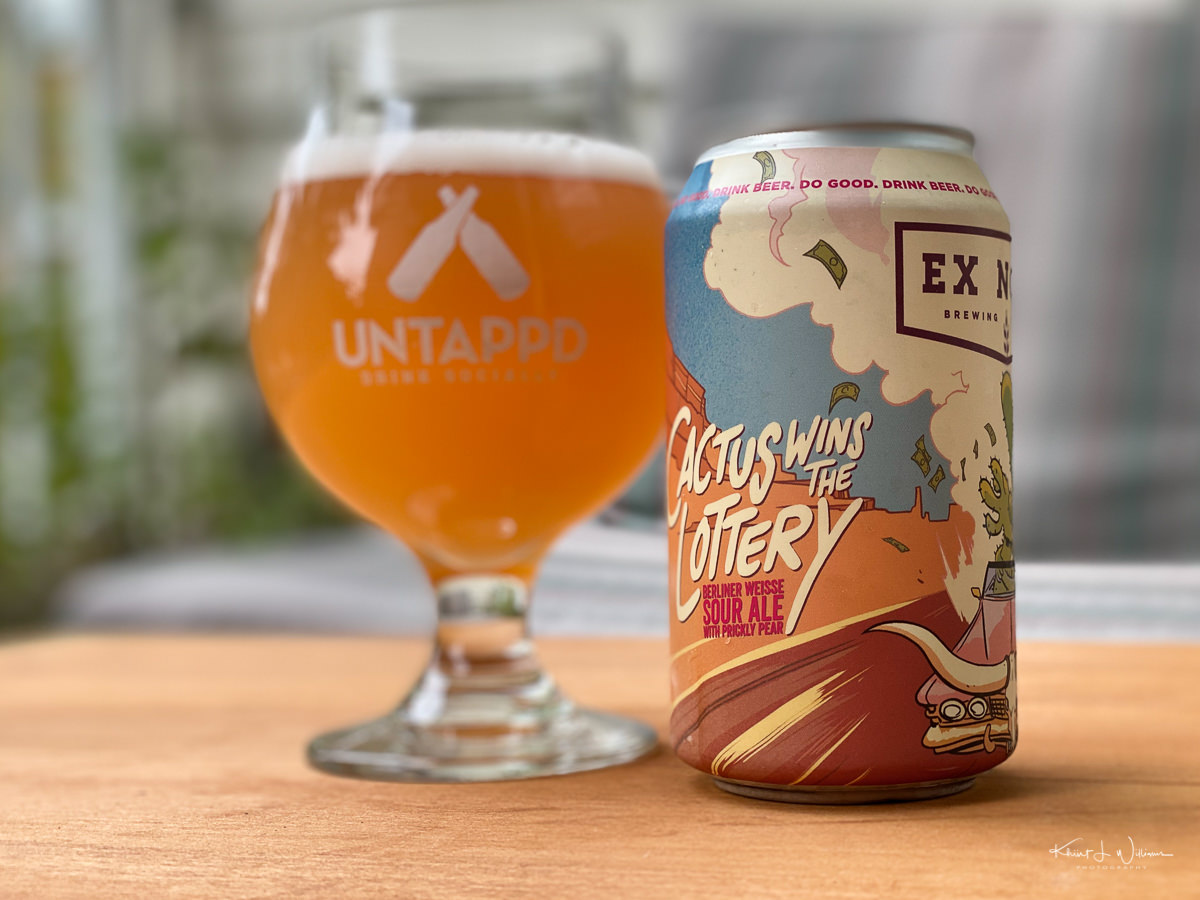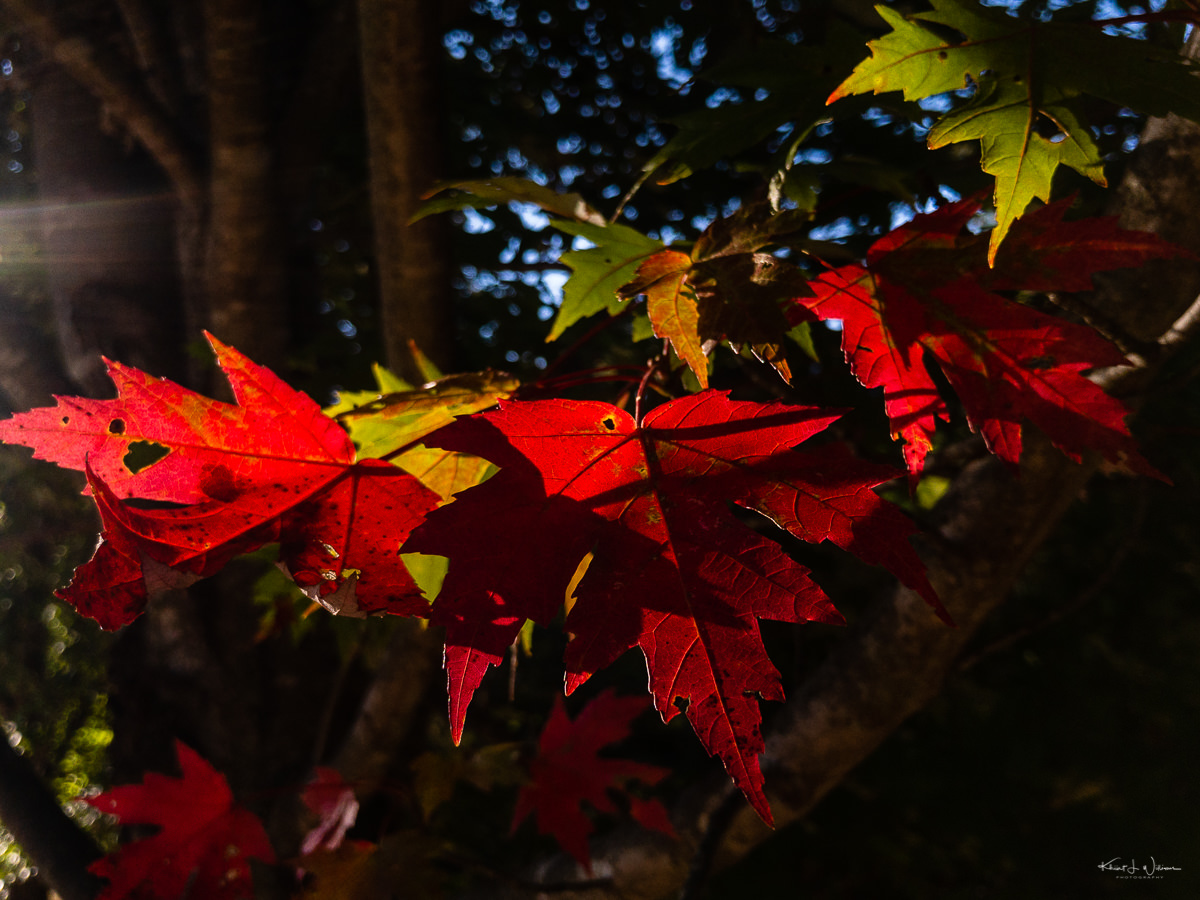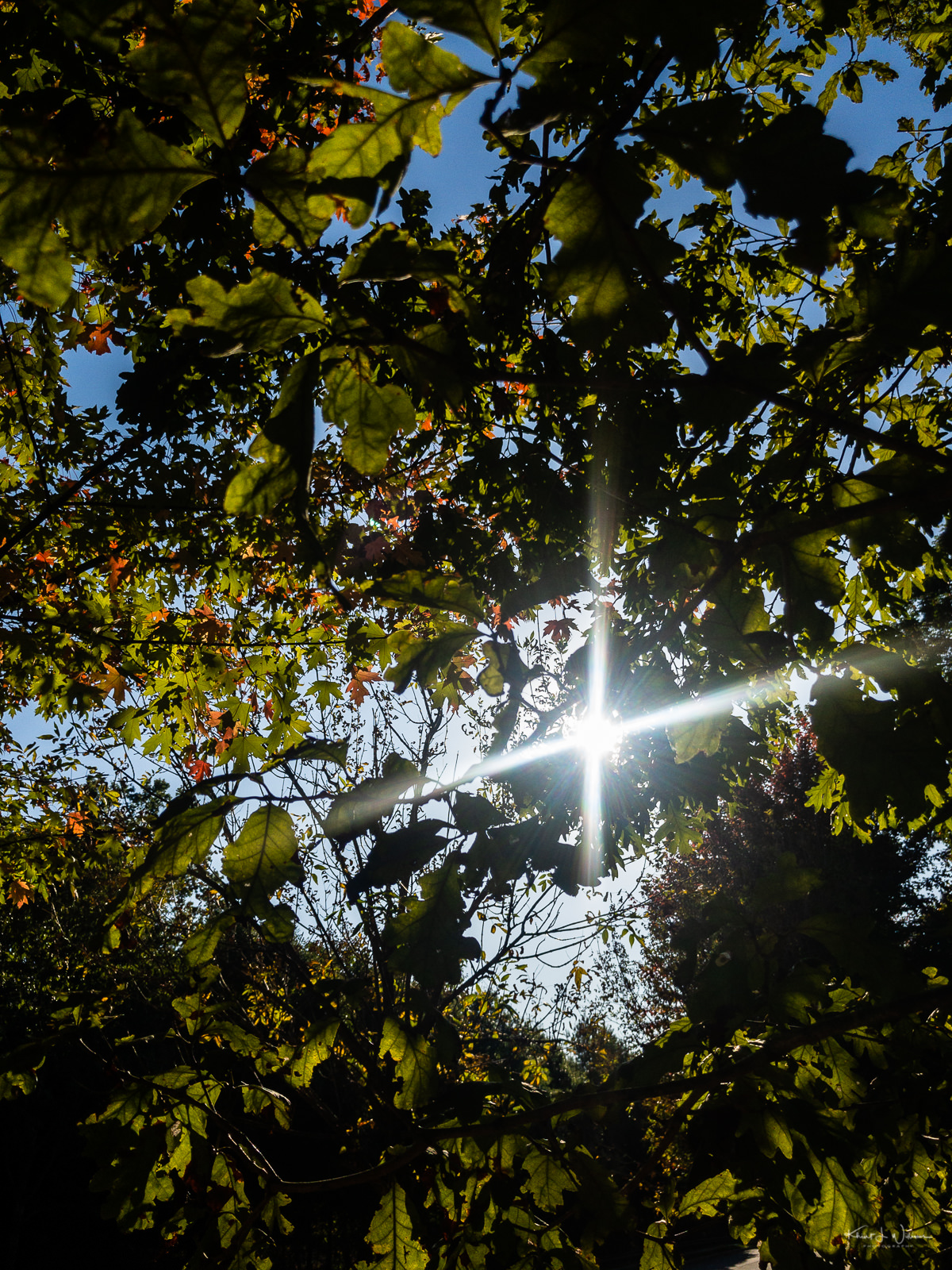Maybe you're like me. You might have a standard interchangeable lens camera (ILC), but it's not always practical to take it everywhere. It doesn't fit in your pocket. My pocket camera, my iPhone 11 Pro, is always with me, whether exploring a new brewery, walking around the city, hiking, or visiting a small town. Like me, you might find that most everyday photos are taken without much planning.
Incidental photography is about capturing images spontaneously because you're in the right place at the right time. This isn't about going out with a specific photo in mind. It's more relaxed and natural, often capturing candid moments. This kind of photography is common in daily life, travel, street scenes, and other activities where photography isn't the main focus.
I think the iPhone is perfect for this type of photography. Let's say you're out for dinner in New York City or Philadelphia. Would you bring your big camera with several lenses and a tripod? Probably not! Sometimes, I bring my Fuji X-T3 and XF27mmF2.8 R WR lens in a camera sling, but only if I plan specific shots.
I've put together a table with the specs of the iPhone 11 Pro's cameras. I got this information from the Halide app. Each column is a different camera on the iPhone, and the rows show what each camera can do. The iPhone 11 Pro has three lenses, each with a different focal length. You can adjust the shutter speed, ISO, and white balance, which are important for getting the right exposure. The apertures on iPhones are fixed, so you can't change them like on other cameras. There are no settings for f/22, f/8, or f/4. But understanding this helps me use the iPhone to its full potential.
| Feature | Back | Telephoto | Ultra Wide | Front |
|---|---|---|---|---|
| Exposure | 1⁄71000 s - 1s | 1⁄45000 s - 1s | 1⁄45000 s - 1 sec | 1⁄48000 s - 1s |
| ISO | 32 - 3072 | 21 - 2016 | 21 - 2016 | 23 - 2208 |
| Focal Length (35mm FOV) | 26mm | 51mm | 13mm | 24mm |
| Aperture | ƒ/1.8 | ƒ/2.0 | ƒ/2.4 | ƒ/2.2 |
When it comes to the iPhone 11 Pro, the 51mm-e1 is not the best for wildlife photography unless you're okay with getting close to teeth and claws. I use the 51mm-e the most because it gives a view similar to what I see with my own eyes. It's not perfect, but it's close enough.
I don't often use the 13mm-e and 26mm-e lenses, but they're excellent for taking photos of landscapes, cities, or groups. I think the 24mm lens on the front, the "selfie" camera, is too wide for flattering portraits. I don't like how it makes faces look long, like a horse’s head.
Brian Matiash, a photographer, writes a lot about using mobile phones for photography, especially iPhones. You can check out his thoughts and tips on iPhone photography. He also has some good videos about his equipment and how he works. One of his posts, Can the iPhone Replace Your Camera?, made me think about whether an iPhone can replace an interchange-lens-camera camera. I think it depends on the situation.
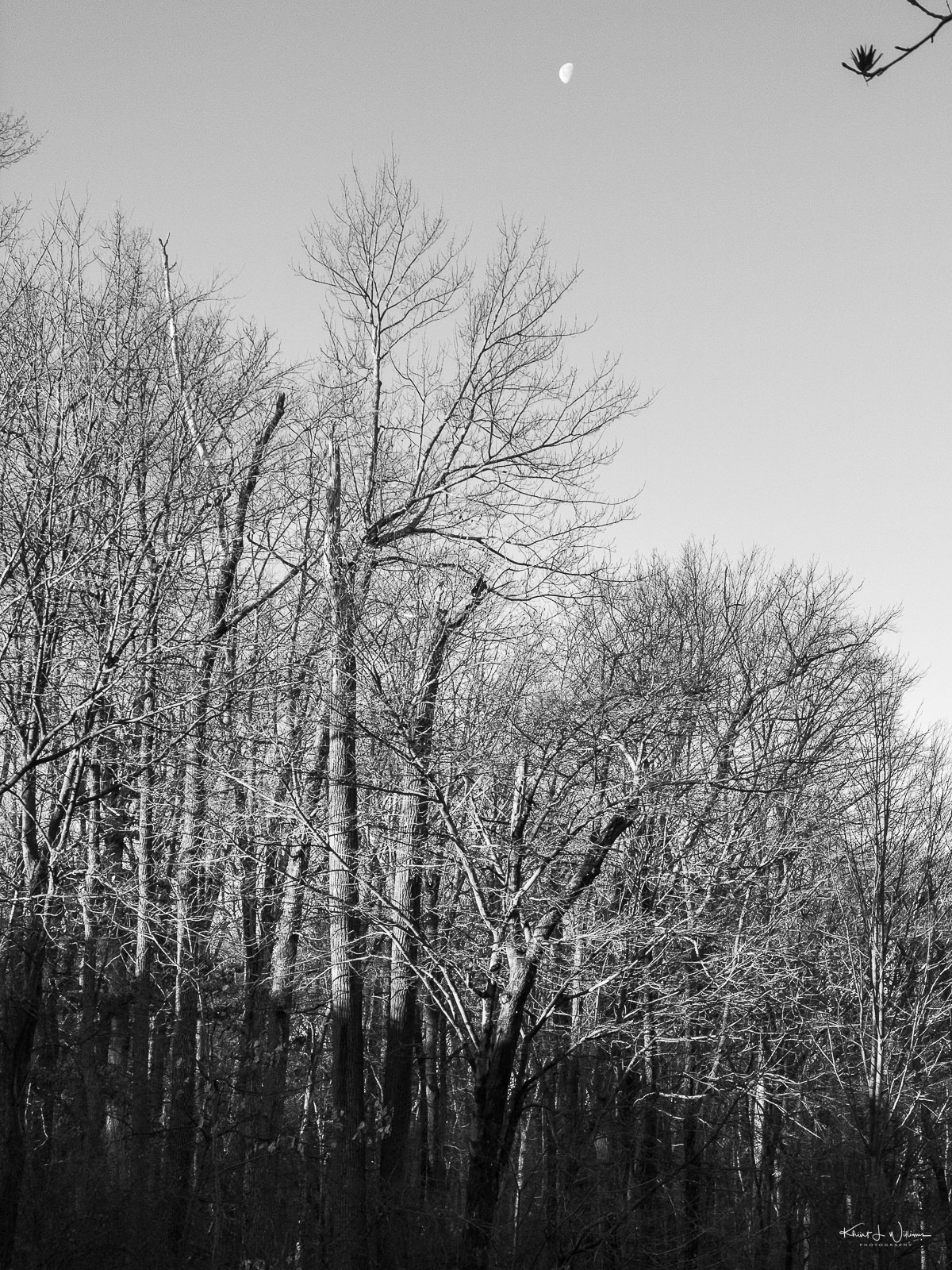
The answer is "yes" if I stick to certain types of photography. I usually take group photos, landscapes, and street scenes when I travel. For these, the iPhone works great. It's handy and perfect for capturing these moments.
But when it comes to wildlife photography, especially birds, it's a different story. That's when the answer becomes "no"2. In his video, Brian talks about challenges that I've faced too while using an iPhone for photography. He's also found a workaround that I've been using. Adobe added a helpful feature to Lightroom Classic, and it's made a big difference.
...having true access to full exposure control, including a variable aperture, would be fantastic.
Being able to separate my subject from the background using a wide aperture is a critical compositional technique. However, iPhone photos tend to look sharp and flat throughout the entire image.
...
Fortunately, we can further simulate a shallow depth of field using Lightroom's Lens Blur tool. Still, I do miss being able to control my exposure settings fully.
Brian's iPhone photography gear is quite high-end. He uses a "Really Right Stuff" travel tripod, different CPL and ND filters, and a LightChaser 15 grip with a Bluetooth shutter by PolarPro. In contrast, my approach is simpler. I don't have these advanced tools. I do see their worth for intentional photography3, but I prefer to keep things uncomplicated. When I need a steady shot in an unexpected moment, I rely on my compact Joby GripTight™ ONE GP Stand and Glif iPhone mount. They're easy to use and really functional.
While it's great to see my entire composition on the iPhone's large display, it can be difficult to frame things up when the sun is blaring or when you want to position the camera at an odd angle.
This morning, I faced this challenge while taking photos for this blog post. To get it right, I needed a bit of patience and the willingness to try different things. It's all about experimenting until I find what works best.
Other limitations:
With my Sony camera, I can rifle off huge bursts of full-resolution uncompressed RAW files, and they'll be written to my SD card almost instantly. With the iPhone, despite its ridiculously powerful processor, it may sometimes require a few seconds before you can take another photo. It really depends on how many you just took.
The time it takes from pressing the shutter button to when the image is saved in the Photos app doesn't bother me too much. I use my iPhone 11 Pro mainly for incidental photography. My approach is simple: if I capture the moment, great; if not, that's okay too. This iPhone feature might be a bit annoying for those who do more planned photography.
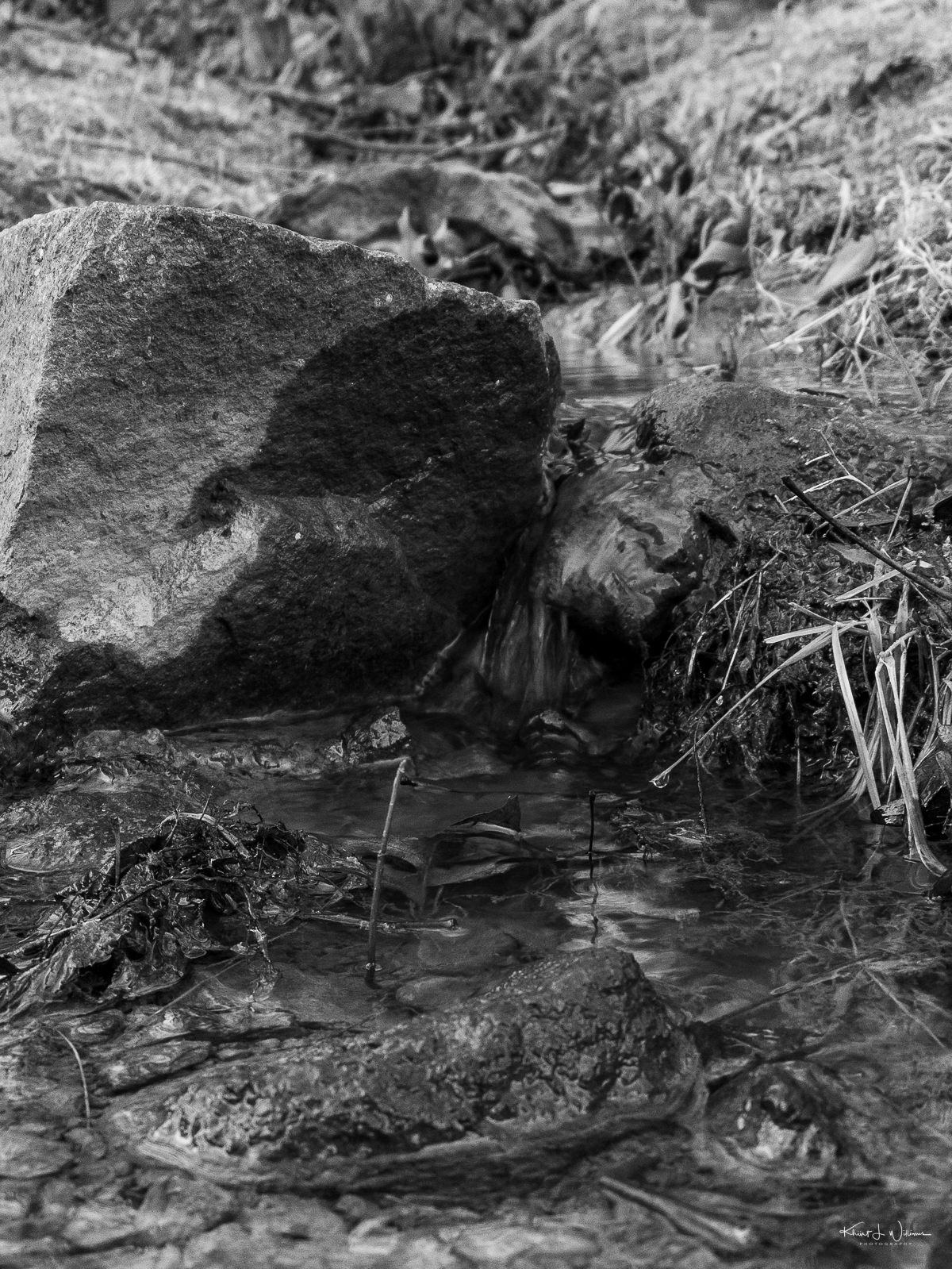
Brian ends his blog post with a promise:
If you make the effort to find a compelling subject with interesting light, it really doesn't matter which camera you're holding. You'll be able to do some amazing things, I promise.
As someone who often takes photos on the spur of the moment, I like using the iPhone. It's great for quickly capturing those unexpected shots. The iPhone is handy and easy to carry around, perfect for this kind of photography. Sure, it doesn't have everything a dedicated, interchangeable camera does, but it's good enough for those spontaneous moments.
- The "-e" indicates the full-frame equivalent focal length. I am borrowing this trick from The Online Photographer website. ↩
- The 120mm-eq telephoto lens on the iPhone 15 Pro is not long enough. I typically use the 400-600mm focal range of my Fujinon XF150-600mmF5.6-8 R LM OIS WR lens for bird and wildlife photography. ↩
- Intentional photography is being purposeful or deliberate in one's vision, goals, and actions as a photographer. ↩
